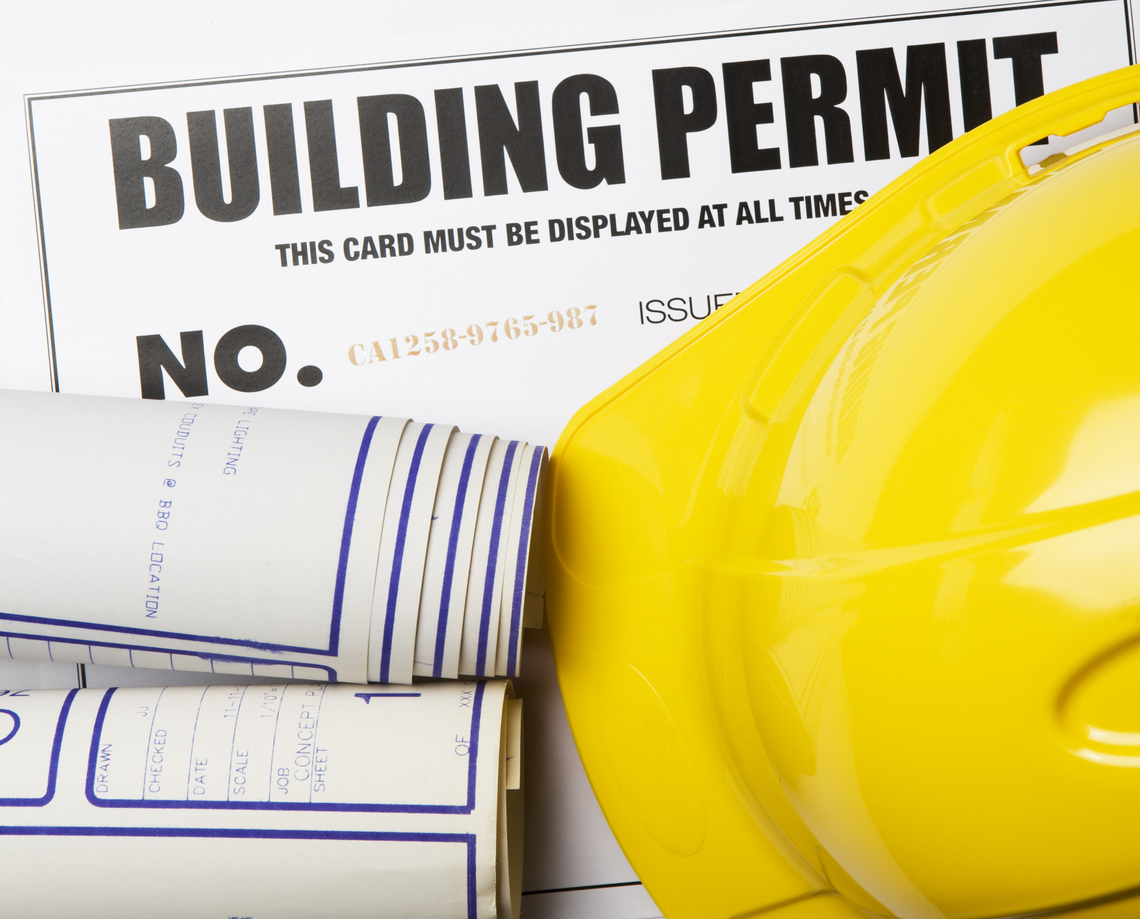On November 24, 1910, The New York Times ran an article titled “Committee Learns Insurance Secrets”. Curiously, I wondered what insurance secrets were being shared nearly 100 years ago.
As way of background, in early spring of 1910, the New York Department of Insurance was reviewing fire insurance companies because of allegations that certain insurance companies were providing funds to influence legislation in the great state of New York.
I gathered additional details of the investigation from Best’s Insurance News.
Founded in 1899 by Alfred M. Best Company, this periodical was published monthly, and, in 1910, an annual subscription cost $2.00.
According to Best’s, the New York Department of Insurance commenced a inquiry to ascertain whether “fire insurance companies had made any corrupt use of money for the purposes of influencing legislation in this State.” This was a public investigation of the expenses spent by insurance companies from 1900-1910. Apparently, by April of 1910, the investigation had encountered difficulties. During an examination of one insurer, there appeared to be an “intimate relation between the president of that company and legislation affecting fire insurance companies during the last decade.”
A Best’s 1910 editorial states:
In short, while absolute proof showing the transit of money from the bank accounts of an insurance company into the bank accounts of a legislator is lacking, the record of the investigation as thus far made up warrants the statement that during the last decade, particularly in the first five years of such decade, a system of bill killing and law getting has existed which is a reproach to the people of the State.
The editorial goes on to mention that the chief witness frequently refused to answer questions and made himself liable for contempt. During the examination of Phoenix Insurance Company of Brooklyn, the committee learned that “very considerable sums of money had been paid by a large number of domestic fire insurance companies and disbursed by the president of Phoenix in promoting or retarding legislation”
William Bament, a general adjuster for Home Fire Insurance Company, one of the witnesses who testified during the investigation, was quoted in the New York Time’s article.
In an attempt to understand fire insurance from the viewpoint of the policyholder, the committee began to ask questions about the claims process, but, before the committee could probe the Bament in detail, he avoided giving straightforward responses. Particularly, when Bament was being asked about the carrier’s response to valued policy law, he changed the focus from the acts of the insurer and shifted the blame to the public insurance adjusters in New York. That’s right, public adjusters were advocating for insureds during the very early 1900’s.
Bament was asked whether Home Fire would be pulling out of states with valued policy law, Bament said no, but complained that there were just too many public adjusters in New York and they made too many claims too high.
It is interesting that during an intensive investigation into the actions of the fire insurance carriers in 1910, one insurance carrier refused to respond and another blamed the representatives of the claimants. Things haven’t changed too much in the past 100 years.



